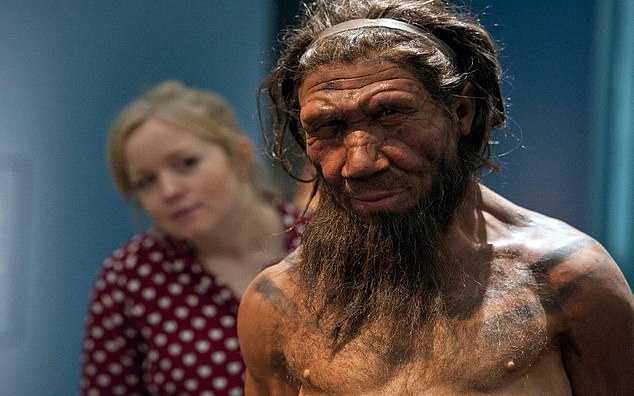An ancient footprint found preserved in a Gibraltar sand dune may have been left by one of the last living Neanderthals.
Researchers investigating an area of the Catalan Bay Sand Dune over the last decade have found tracks from both animals and what appears to be a human ancestor dating as far back as 29,000 years ago.
Neanderthals began to die out around 40,000 years ago, though some research has suggested they persisted until as recently as 28,000 years ago.
The experts say the discovery lines up with late Neanderthal-era findings from the nearby Gorham’s Cave, and if confirmed, would be only the second known example of Neanderthal footprints.
In a paper published to the journal Quaternary Science Reviews, an international team including researchers from the Gibraltar National Museum have outlined the remarkable discovery of ancient vertebrate footprints in the region.
The dunes above Catalan bay are a relic of the last glaciation, according to the team, revealing evidence of a time when sea levels sat 120 meters lower than they do today.
At that time, the dunes extended much farther outward.
Researchers identified footprints from red deer, ibex, aurochs, leopard, and straight-tusked elephants at the site.
And, they found what’s said to be the footprint of a young human ancestor who stood just 3.4 to 4 feet tall (106-126 centimeters).
The team dated the print to about 29,000 years ago.
This information coupled with fossil discoveries from Gorham’s Cave point to a Neanderthal origin, according to the researchers.
The only other Neanderthal footprints known to exist were found at Vartop Cave in Romania.
Researchers have been excavating the site over the last 10 years, uncovering more and more information as the dunes collapsed naturally over the years.
The latest discoveries shed light on both animal and hominid presence in Gibraltar dating back many thousands of years.
‘This is extraordinary research and gives us an incredible insight into the wildlife community of Gibraltar’s past,’ said John Cortes MP, Minister for Heritage.
‘We should all take a moment to imagine the scene when these animals walked across our landscape.
‘It helps us understand the importance of looking after our heritage. I congratulate the research team on uncovering the fascinating, hidden evidence of our Rock’s past.’








